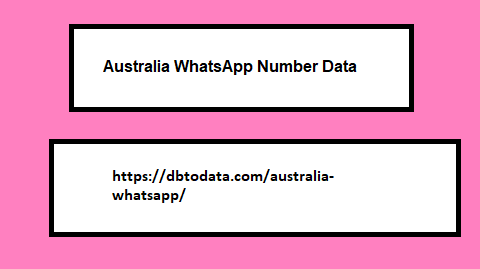Post by account_disabled on Mar 3, 2024 3:38:18 GMT -5
For a company, the blog is a very powerful tool for communicating with visitors and turning them into leads and customers. In recent years, and especially after the pandemic, the importance of being present on search engines is increasingly evident, even for organizations that had not believed in the need to have a digital strategy. But what do you need to make your company blog have an impact on lead generation? Find out in this article! The reasons for starting a company blog According to a study by HubSpot , marketers who prioritize the company blog among various channels for lead generation are 13 times more likely to see a positive ROI. But presence in itself is not enough if it is not supported by a network of effective content that builds the company's authority in the eyes of potential customers. Precisely for this reason, the presence of a blog on the website is essential to convert leads and to position itself among the first results.

for the desired keywords. This is where many businesses run into trouble. How to integrate blogging effectively into your marketing strategy? Here are 5 practical tips for generating more leads through your company blog New Call-to-action 1. Insert effective and well-distributed calls to action Jonathan Aufray of GrowthHackers notes: “I see a lot of bloggers who write amazing content, but they don't generate many leads. Why? Because they often forget to include a call to action or only add it at the end of the post.” lead generation company blog As obvious as it may see Australia WhatsApp Number Data those who work in digital marketing, many companies do not have enough calls to action in their blogs. CTA refers to an indication given to the reader to take an immediate action. The CTA must not limit itself to encouraging purchase; if in the b2c sector this type of invitation is the most popular, in b2b it is rare for a potential customer to be willing to immediately move on to purchasing without needing.
a lead nurturing process. Effective CTAs invite, for example, to subscribe to the company newsletter , to request a free demo or to download an ebook which delves into a topic related to the articles the blog deals with. Here is an example: New Call-to-action The call to action is present on the page in the form of a button or through a link inserted in the text that redirects the user towards the predefined destination (usually a landing page ); in both cases, it is best not to place it within the page without there being a natural transition in the browsing experience. 2. Create specific content When planning editorially, one of the most important questions you and your team should ask yourself when deciding what to publish is: “who is this content for?”. The target audience should correspond to buyer personas, qualified users ready to be inserted into the sales funnel . Why is this aspect important? Very often companies focus on creating high-quality content which.

for the desired keywords. This is where many businesses run into trouble. How to integrate blogging effectively into your marketing strategy? Here are 5 practical tips for generating more leads through your company blog New Call-to-action 1. Insert effective and well-distributed calls to action Jonathan Aufray of GrowthHackers notes: “I see a lot of bloggers who write amazing content, but they don't generate many leads. Why? Because they often forget to include a call to action or only add it at the end of the post.” lead generation company blog As obvious as it may see Australia WhatsApp Number Data those who work in digital marketing, many companies do not have enough calls to action in their blogs. CTA refers to an indication given to the reader to take an immediate action. The CTA must not limit itself to encouraging purchase; if in the b2c sector this type of invitation is the most popular, in b2b it is rare for a potential customer to be willing to immediately move on to purchasing without needing.
a lead nurturing process. Effective CTAs invite, for example, to subscribe to the company newsletter , to request a free demo or to download an ebook which delves into a topic related to the articles the blog deals with. Here is an example: New Call-to-action The call to action is present on the page in the form of a button or through a link inserted in the text that redirects the user towards the predefined destination (usually a landing page ); in both cases, it is best not to place it within the page without there being a natural transition in the browsing experience. 2. Create specific content When planning editorially, one of the most important questions you and your team should ask yourself when deciding what to publish is: “who is this content for?”. The target audience should correspond to buyer personas, qualified users ready to be inserted into the sales funnel . Why is this aspect important? Very often companies focus on creating high-quality content which.


